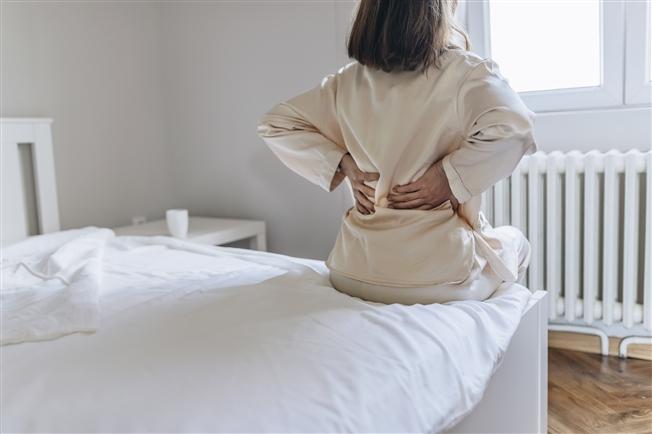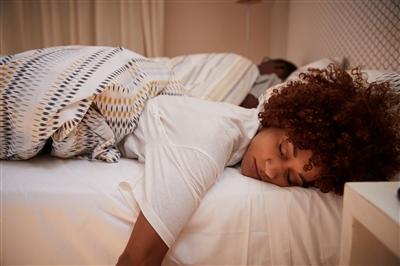How to sleep to relieve lower back pain

Some mornings, getting out of bed can be hard enough. But when you wake up with lower back pain, getting out of bed and beginning your day can be even more difficult. While there are many issues that could be causing your lower back pain, one cause that many people overlook is how you sleep.
“Individual sleep needs vary, but the average person sleeps anywhere from five to 10 hours per night. You can spend all day practicing habits like good posture, using a standing desk and wearing supportive footwear, but if you don’t think about how your body is positioned overnight, these habits can be counterproductive,” says Scott A. Rushton, MD, an orthopedic surgeon at Lankenau Medical Center, part of Main Line Health.
For many people, though, changing how you sleep can require reversing years—even decades—of habits. Fortunately, many of the things that you can do to relieve lower back pain don’t require completely changing how you sleep. Instead, you can make simple adjustments like:
Avoiding stomach sleeping
You can experience back pain no matter how you sleep, but people who sleep on their stomach may be especially prone to it. Sleeping on your stomach can flatten the natural curve of your spine, and having your neck turned to one side can cause pain in your neck and between your shoulders, too. If you absolutely can’t give up sleeping on your stomach, make adjustments by placing a pillow under your pelvis and lower abdomen to provide support for your spine.

Using a pillow to sleep comfortably
Pillows aren’t just for stomach sleepers; they can help prevent back pain no matter how you sleep. Using pillows for support can keep your spine in alignment and maintain its natural curve.
If you sleep on your back, place a pillow under your knees. If you sleep on your side, place a pillow between your knees or use a full body pillow to prevent yourself from rolling over onto your stomach at night.
Getting out of bed slowly
You’ve probably never paid much attention to how you get out of bed in the morning but, if you’re the type to quickly sit up or scramble out of bed, that might be the source of your back pain. Quick jolts or twisting and turning movements can shock your muscles, especially if they haven’t been ‘warmed up’ for the day.
Instead, take a slower approach. When you’re getting out of bed, roll yourself—knees bent—to face the edge of your mattress. Supporting yourself with your hands, swing your legs to the floor and pause before standing.
Similarly, when you get into bed, sit on the edge of your mattress. Supporting yourself with your hands, bend and lift your knees to transition to laying on your side. These slower, gentler movements can help prevent pain.
Considering a new mattress
How long has it been since you purchased a new mattress? If it’s been 10 years or more, it may be time to look for a new one. Your mattress should have some degree of firmness to provide support for your back and spine; mattresses that are too soft might be comfortable but they aren’t the best option for your long-term health.
Mattress shopping can be daunting, but many companies now let you try a product for 90 days to make sure the mattress you choose is right for you. Consider a trial run before you make an investment.
Long-term relief for lower back pain
Changing the way you sleep can relieve lower back pain, but it’s not a guaranteed cure. If you’ve made these changes and are still dealing with persistent lower back pain, make an appointment with an orthopedic specialist. They can help you determine the cause of your back pain and discuss treatment options.
Main Line Health serves patients at hospitals and health centers throughout the western suburbs of Philadelphia. To schedule an appointment with a specialist at Main Line Health, call 1.866.CALL.MLH (225.5654) or use our secure online appointment request form.